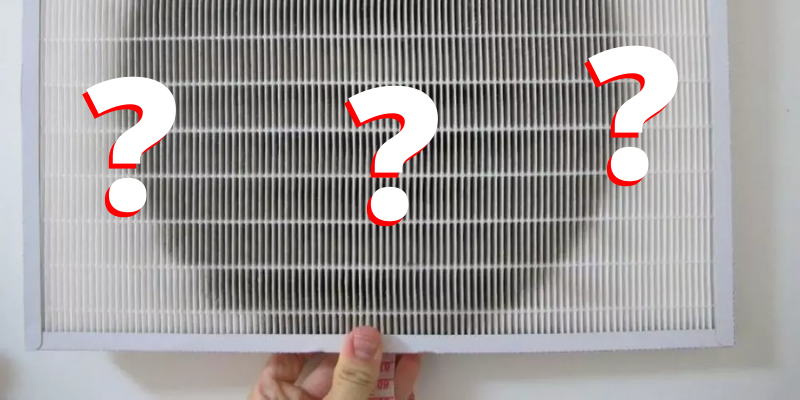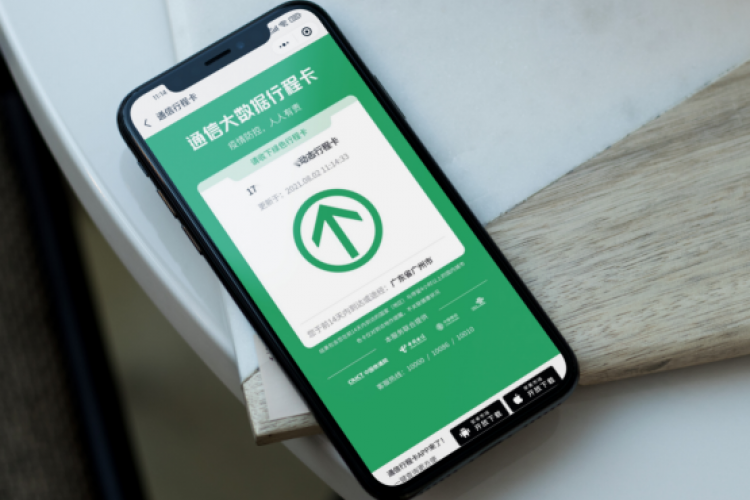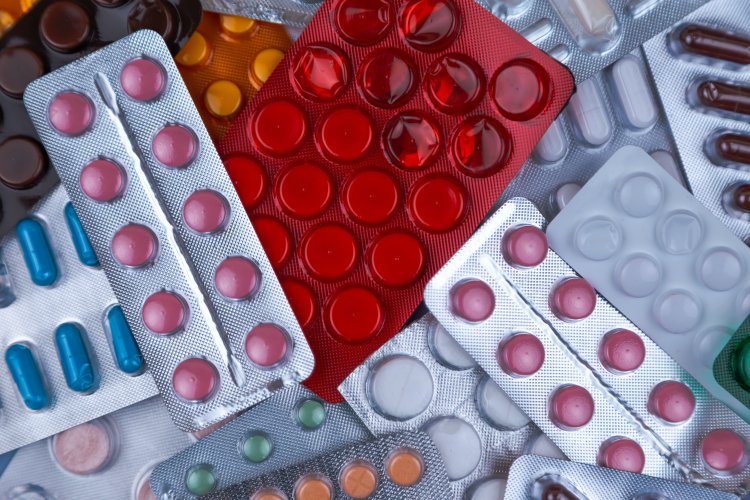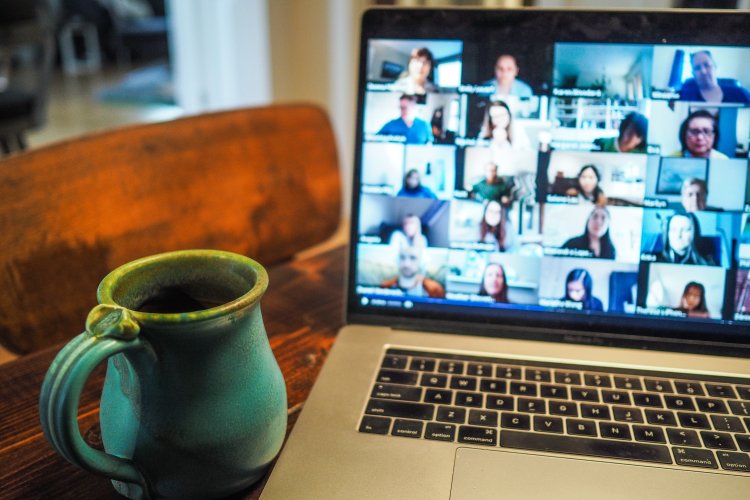Can Air Purifiers Protect us From the Coronavirus?
This post comes courtesy of Smart Air, a social enterprise and registered B-Corp dedicated to helping people in China breathe clean air without shelling out thousands of dollars for expensive purifiers.
With the outbreak of the coronavirus (now called COVID-19) in Wuhan, face masks have been flying off the shelf. Masks are now near impossible to purchase, so is there something closer to home that can help protect us from COVID-19 – can air purifiers also capture viruses?
First of all, what's in a typical air purifier?
Most air purifiers are made up of two things: a fan and a filter. They’re as simple as that. Most of us understand how fans work, but how about the filter? The filter – typically a HEPA filter – is the workhorse of any purifier. Turns out they’re nothing fancy either. They were invented back in the 1940s, and they’re just a mat of synthetic fibers, which can capture over 99 percent of tiny air pollution particles. COVID-19 is a new respiratory virus first identified in Wuhan in China’s Hubei Province. Scientists have already taken electron microscope images to measure the size of COVID-19 “virions” (or particles). The virions are spherical particles with diameters of approximately 125nm (0.125 microns). The smallest particles are 0.06 microns, and the largest are 0.14 microns. That makes the COVID-19 particles smaller than PM2.5 particles, but bigger than some dust particles and gases. If we look to the definition of HEPA filters on Wikipedia, it says HEPA filters must remove: “99.97 percent of particles that have a size greater than or equal to 0.3 µm.” It only mentions particles 0.3 microns and above. So what about smaller particles the same size as the COVID-19? Can HEPA filters capture these? This exact question has led to years of confusion and false advertising claims about HEPA filters, and this confusion is now leading to more misinformation during the spread of information during the COVID-19 outbreak, so let’s get to the bottom of it. Researchers at the University of Minnesota tested this question with weaker fiberglass furnace filters and higher-grade HEPA filters. In their test, they shot particles of silver from 3 to 20 nanometers at the filters (that’s between 3 to 20 times smaller than COVID-19 particles). If a particle is smaller than the holes in the net, it gets through. Makes sense! However, it turns out that particles as small as the COVID-19, and other nano-particles get captured using a scientific phenomenon called diffusion. READ: Learn more about the science behind diffusion and how it captures nano-particles Diffusion is surprisingly effective at capturing tiny virus-sized particles. According to NASA, HEPA filters capture “virtually 100 percent of particulates.” The results showed that filters captured 99.99 percent of particles smaller than 5 nanometers. Bingo! HEPA filters (and even lower-grade filters like furnace filters) are incredibly effective at capturing smaller sized particles such as the COVID-19. If you’re living in a common house, or you’re working in an office or school with a large number of employees, turning on your air purifier can help filter out any virus-sized particles in the air, potentially reducing the chance of transmission. HEPA filters, in one pass, can be expected to filter out over 99 percent of the COVID-19. Air purifiers that contain HEPA filters or even lower grade filters can capture virtually all sizes of solid particles, including particles 0.1 microns in diameter – or the same size as the COVID-19. If you’re living in a shared house, or are working in a closed environment with lots of people, turning on an air purifier could help reduce the spread of COVID-19. For those in places with central air (HVAC) system, make sure the systems contain filters and are well maintained. If your HVAC contains no filters, installing air purifiers in each room could still help reduce the spread of viruses. Perhaps another more important reason to turn on your purifier right now is because Beijing and much of Dongbei's air pollution levels are over 20 times the WHO safe level. Beijing's government announced on Tuesday a yellow pollution alert due to the high levels of PM2.5 in the city. Turn on your air purifier, and limit your time outside! This post originally appeared on the Smart Air WeChat official account. Images courtesy of Smart Air
How small are COVID-19 particles?

Can HEPA filters capture particles as small as the COVID-19?

So what does this mean for COVID-19?
Bottom Line: Can air purifiers capture COVID-19?







